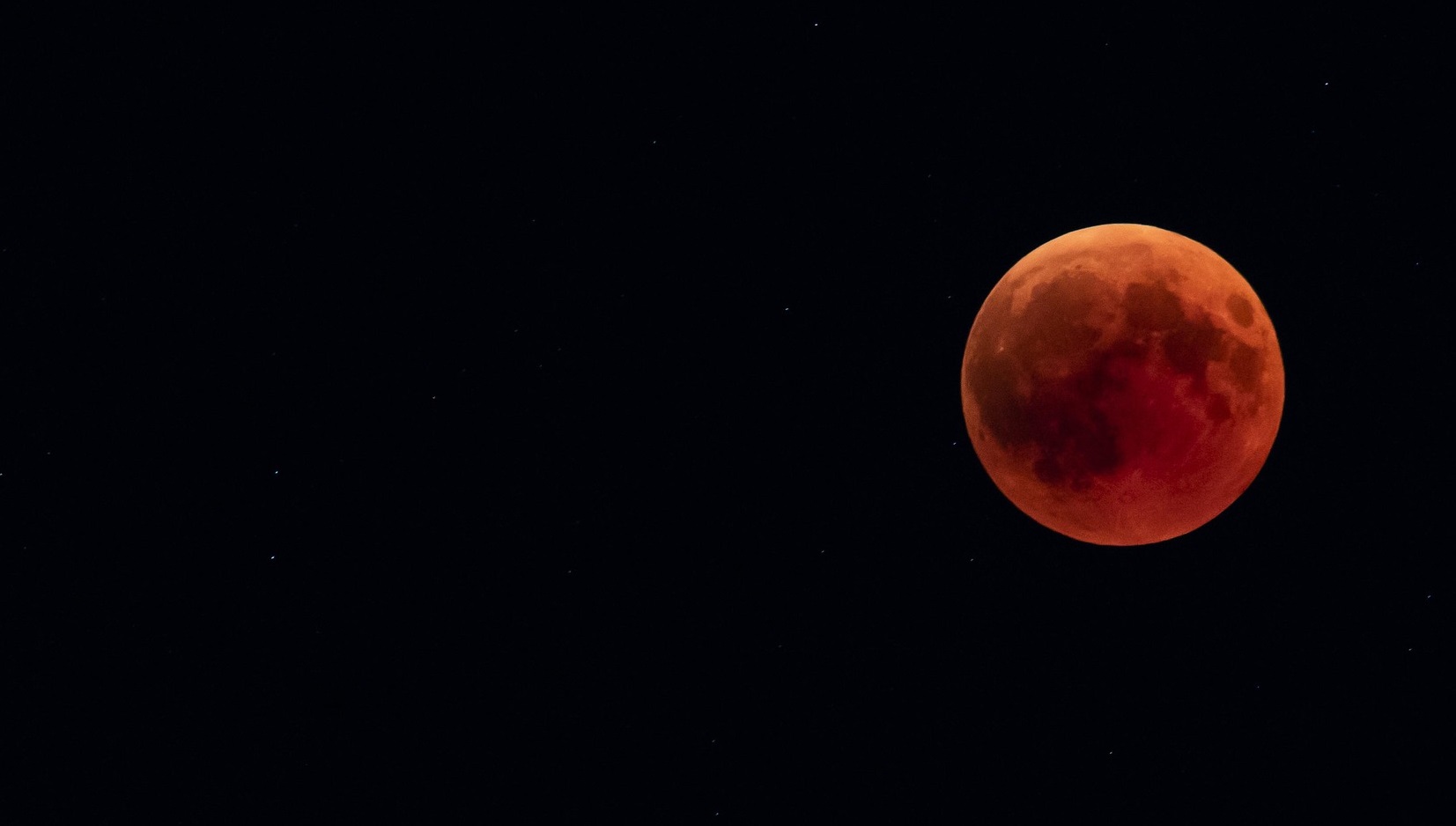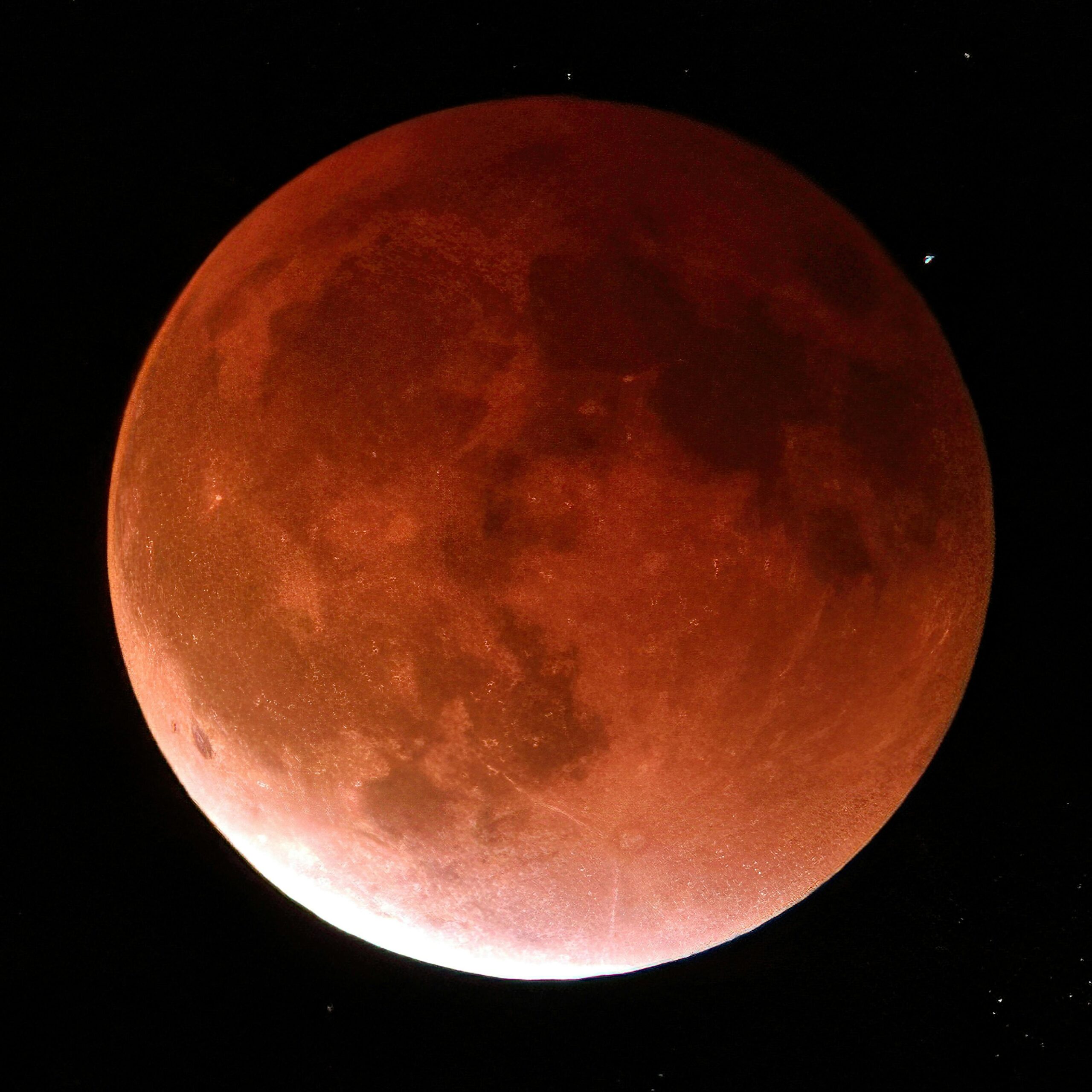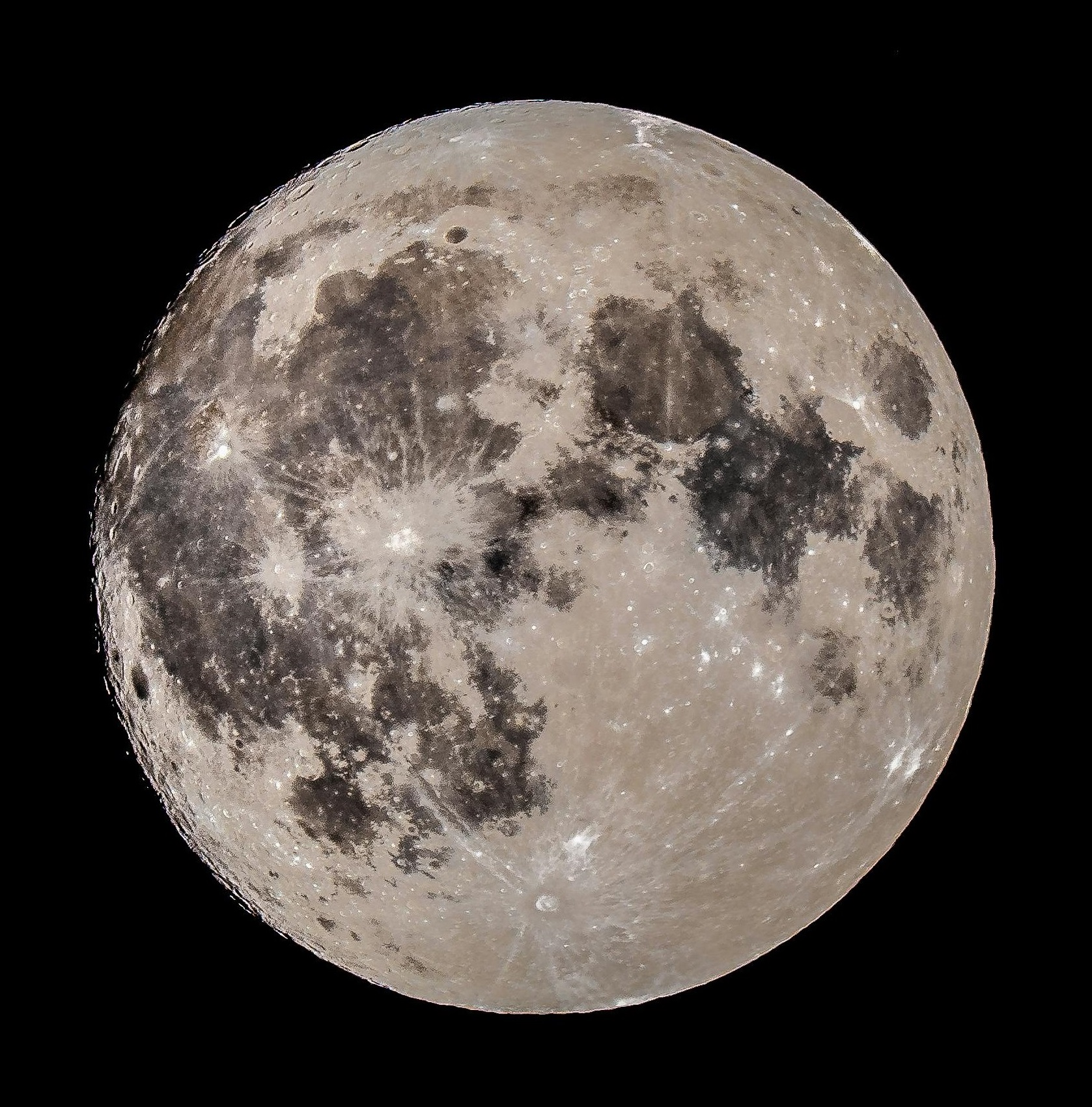
Supermoons
What is a Supermoon?
A supermoon is a term used to describe a full moon that appears larger and brighter in the sky than a typical full moon and they occur a few times a year, depending on the alignment of the moon’s orbit and its phases. This phenomenon occurs when the moon is at its closest point to Earth in its elliptical orbit, known as the perigee. When a full moon coincides with the moon being at perigee, it appears up to 14% larger and 30% brighter than when it is at its farthest point from Earth, called apogee.
The below animation shows how the perigee and apogee are calculated.
Why are Supermoons brighter?
Supermoons are brighter than normal full moons because of their closer proximity to Earth. This reduced distance means that more sunlight is reflected off the moon’s surface and reaches our eyes, making it appear brighter.
The brightness of the supermoon is also enhanced because the moon appears larger in the sky, which can make its light seem more intense. Even though the difference in brightness is not extreme, it’s enough to be noticeable to the naked eye, especially in comparison to a full moon when it’s farther away from Earth.
Because full moons do not always coincide with the closest distance to Earth, Supermoons will vary in size and brightness. To witness the largest and brightest Supermoon of this century, you will need to wait until December 6, 2052.
Super Blood Moons
A super blood moon is a rare and striking event that combines three distinct phenomena: a supermoon, a total lunar eclipse, and a blood moon all on the same night.
When these three events occur together, you get a super blood moon: a full moon that is both unusually large and bright (supermoon) and appears red during a total lunar eclipse (blood moon). This rare event creates a visually stunning sight in the sky, and it’s a unique opportunity for skywatchers to witness a combination of natural phenomena.

Super Blue Moons
Aa super blue moon is a rare event that combines two distinct phenomena: a supermoon and a blue moon.
A blue moon refers to the second full moon that occurs within a single calendar month. Since there are typically about 29.5 days between full moons, a blue moon happens every 2 to 3 years, making it a relatively rare event. A super blue moon is a very rare occurrence, happening about once every 10 to 20 years.
The term “blue moon” doesn’t refer to the color of the moon, but rather to the rarity of having two full moons in one month.

Supermoons and the effects on tides
A supermoon can have a noticeable effect on Earth’s tides. Tides are caused by the gravitational pull of the moon on Earth’s oceans. When the moon is closer to Earth, as it is during a supermoon, its gravitational pull is stronger. This increased gravitational force leads to higher than usual high tides and lower than usual low tides—a phenomenon known as “spring tides.”
While the term “spring tide” might sound like it’s related to the season, it actually refers to the “springing forth” of the tide, not the time of year. During a supermoon, these spring tides are more pronounced because the moon’s closer distance amplifies the gravitational interaction between the Earth and the moon.
The stronger gravitational pull during a supermoon doesn’t cause drastically larger tides, but it can result in tides that are more extreme—higher highs and lower lows—than what you might see during an average full moon. This effect is especially noticeable in coastal areas.
It’s important to note that these effects are not extreme in most cases but can be more noticeable during a supermoon compared to a regular full moon.
Supermoons – Next 5 Years
| Year | Date | |
 | 2025 | Oct 7 |
 | 2025 | Nov 5 |
 | 2025 | Dec 4 |
 | 2026 | Jan 3 |
 | 2026 | Nov 24 |
 | 2026 | Dec 24 |
 | 2027 | Jan 22 |
 | 2027 | Feb 20 |
 | 2028 | Jan 12 |
 | 2028 | Feb 10 |
 | 2028 | Mar 11 |
 | 2028 | Apr 9 |
 | 2029 | Jan 30 |
 | 2029 | Feb 28 |
 | 2029 | Mar 30 |
 | 2029 | Apr 28 |
 | 2029 | May 27 |
 | 2030 | Mar 19 |
 | 2030 | Apr 18 |
 | 2030 | May 17 |
 | 2030 | Jun 15 |
 | 2030 | Jul 15 |
